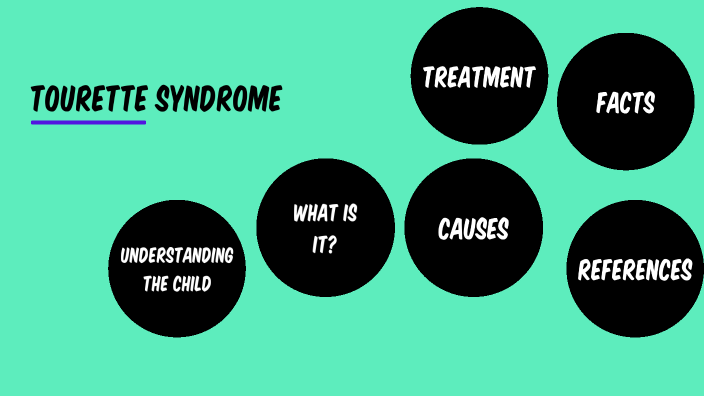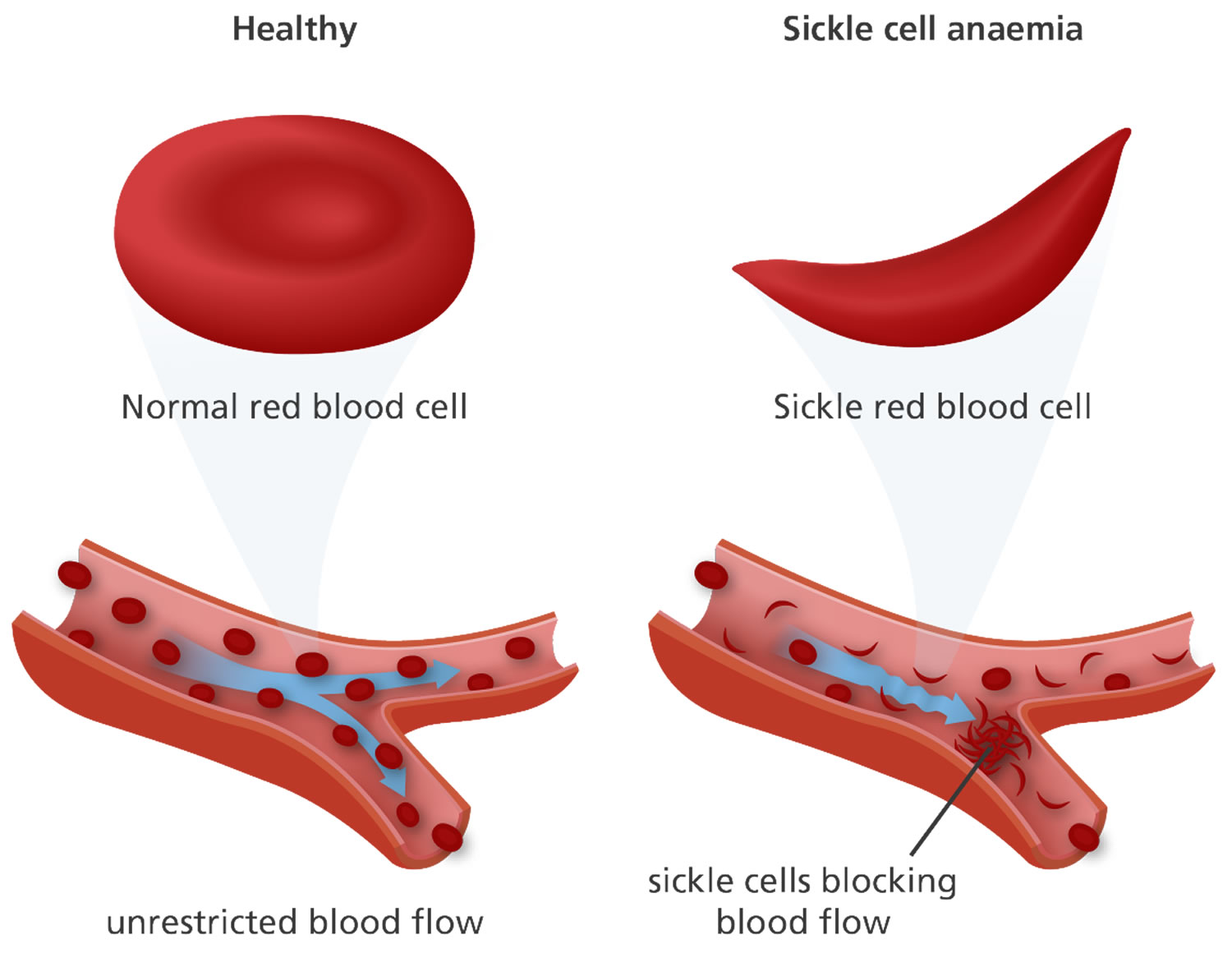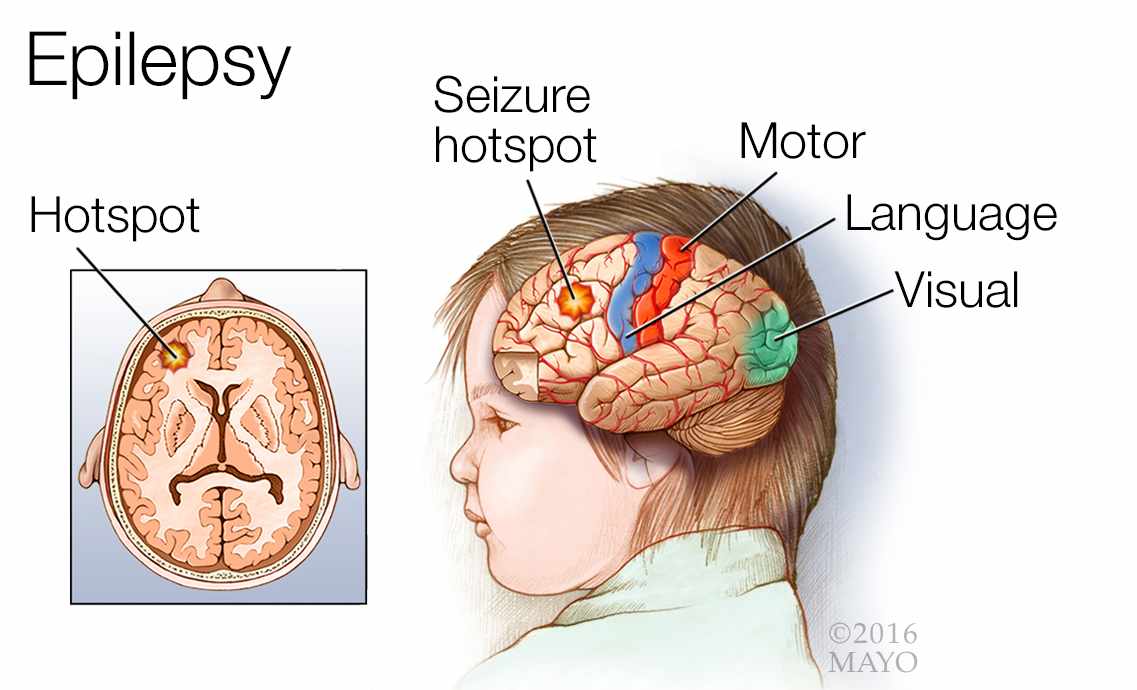Nursing Paper Example on Tourette Syndrome: Understanding and Management
Nursing Paper Example on Tourette Syndrome: Understanding and Management
Causes
The precise cause of Tourette Syndrome (TS) remains elusive, yet research indicates a multifaceted interplay of genetic and environmental factors. Studies suggest a strong genetic predisposition, with a heritability rate estimated between 50% to 77%. Certain genetic variations, particularly within genes related to dopamine regulation and neuronal development, have been implicated in TS. However, the inheritance pattern appears complex, involving multiple genes with small individual effects rather than a single genetic determinant.
In addition to genetic factors, environmental influences are believed to contribute to the development of TS. Prenatal and perinatal factors, such as maternal smoking during pregnancy, complications during birth, and exposure to toxins or infections, have been associated with an increased risk of TS. Furthermore, psychosocial stressors, including early childhood trauma or adverse life events, may exacerbate symptoms in genetically susceptible individuals.
Moreover, emerging research suggests abnormalities in certain brain regions and neurotransmitter systems play a crucial role in TS pathogenesis. Structural and functional imaging studies have revealed alterations in the basal ganglia, prefrontal cortex, and limbic system, implicating dysregulation of dopamine and serotonin neurotransmission. Dysfunction in these neural circuits disrupts motor control and inhibitory mechanisms, contributing to the manifestation of tics.
Overall, TS is likely a complex disorder arising from the interaction of genetic vulnerabilities and environmental triggers. Further research is needed to elucidate the precise mechanisms underlying TS development and to identify potential targets for intervention and prevention strategies. Understanding the intricate interplay of genetic and environmental factors in TS pathogenesis is essential for advancing diagnostic accuracy, developing targeted therapies, and ultimately improving outcomes for individuals affected by this condition. (Nursing Paper Example on Tourette Syndrome: Understanding and Management)
Signs and Symptoms
Etiology
Tourette Syndrome (TS) is a complex neurodevelopmental disorder with a multifactorial etiology involving genetic, environmental, and neurobiological factors. Genetic predisposition plays a significant role in the development of TS, with a heritability rate estimated between 50% to 77%. Studies have identified several candidate genes associated with TS, particularly those involved in dopamine regulation and neuronal development. However, the inheritance pattern appears to be polygenic, involving multiple genes with small individual effects rather than a single genetic determinant.
In addition to genetic factors, environmental influences during critical periods of development may contribute to the manifestation of TS. Prenatal and perinatal factors such as maternal smoking during pregnancy, complications during birth, or exposure to toxins or infections have been implicated in increasing the risk of TS. Furthermore, psychosocial stressors such as early childhood trauma, adverse life events, or chronic stress may exacerbate symptoms in genetically susceptible individuals.
Neurobiological abnormalities in certain brain regions and neurotransmitter systems are also implicated in TS etiology. Structural and functional imaging studies have revealed alterations in the basal ganglia, prefrontal cortex, and limbic system, suggesting disruptions in dopamine and serotonin neurotransmission. Dysfunction in these neural circuits impairs motor control and inhibitory mechanisms, contributing to the manifestation of tics.
Overall, the etiology of TS is complex and multifaceted, involving a dynamic interplay of genetic vulnerabilities, environmental triggers, and neurobiological mechanisms. Further research is needed to elucidate the precise interactions between these factors and their contributions to TS development. Understanding the multifactorial etiology of TS is essential for advancing diagnostic accuracy, developing targeted interventions, and ultimately improving outcomes for individuals affected by this condition. (Nursing Paper Example on Tourette Syndrome: Understanding and Management)
Pathophysiology
The pathophysiology of Tourette Syndrome (TS) involves complex interactions between genetic, neurobiological, and environmental factors, resulting in dysregulation of neural circuits and neurotransmitter systems. Dysfunction in specific brain regions, particularly the basal ganglia and associated cortico-striato-thalamo-cortical (CSTC) circuits, plays a central role in TS pathophysiology.
Research suggests abnormalities in dopamine and serotonin neurotransmission within the CSTC circuits contribute to the manifestation of tics in TS. Dopamine, a neurotransmitter involved in motor control and reward processing, is dysregulated in TS, leading to impaired inhibition of motor output and aberrant signaling within the basal ganglia. Similarly, alterations in serotonin levels and receptor function may disrupt the balance of excitatory and inhibitory neurotransmission, further contributing to tic expression.
Structural and functional imaging studies have identified alterations in brain morphology and connectivity in individuals with TS, particularly in regions such as the basal ganglia, prefrontal cortex, and limbic system. These neuroanatomical changes are thought to underlie deficits in motor control, impulse regulation, and emotional processing observed in TS.
Furthermore, genetic studies have identified variations in genes associated with neurotransmitter function, synaptic transmission, and neuronal development in individuals with TS. These genetic abnormalities may predispose individuals to alterations in brain structure and function, increasing susceptibility to tic expression.
Overall, the pathophysiology of TS involves a complex interplay of genetic predisposition, neurobiological abnormalities, and environmental influences, resulting in dysfunction within cortico-striato-thalamo-cortical circuits. Further research is needed to elucidate the specific molecular mechanisms underlying TS pathophysiology, with the ultimate goal of developing targeted therapeutic interventions to improve outcomes for individuals affected by this condition. (Nursing Paper Example on Tourette Syndrome: Understanding and Management)
DSM-5 Diagnosis
The Diagnostic and Statistical Manual of Mental Disorders, Fifth Edition (DSM-5), provides specific criteria for diagnosing Tourette Syndrome (TS). To receive a TS diagnosis, individuals must exhibit both motor and vocal tics, with the onset occurring before the age of 18.
The DSM-5 outlines the following criteria for diagnosing TS:
- Presence of both motor and vocal tics: Tics are sudden, rapid, repetitive movements or vocalizations that occur involuntarily. Motor tics involve movements such as eye blinking, head jerking, or shoulder shrugging, while vocal tics include sounds or utterances like grunts, coughs, or words.
- Tics occur multiple times a day: Tics must occur frequently, typically multiple times a day, although the frequency may vary among individuals. Tics may wax and wane in severity over time, with periods of exacerbation and remission.
- Duration of tic symptoms: The duration of tic symptoms must be present for at least one year. This criterion helps distinguish TS from transient tic disorders, which may resolve within a shorter timeframe.
- Onset before age 18: The onset of tics must occur before the age of 18 to meet the criteria for TS diagnosis. While tics may fluctuate in severity over time, the onset typically occurs during childhood or adolescence.
It is important to note that the diagnosis of TS is clinical and based on the presence of characteristic symptoms meeting DSM-5 criteria. Diagnostic assessment may also involve ruling out other medical or psychiatric conditions that may present with similar symptoms, such as other tic disorders, obsessive-compulsive disorder (OCD), or attention-deficit/hyperactivity disorder (ADHD). A comprehensive evaluation by a qualified healthcare professional is essential for accurate diagnosis and appropriate management of TS. (Nursing Paper Example on Tourette Syndrome: Understanding and Management)
Treatment Regimens and Patient Education
Management of Tourette Syndrome (TS) aims to alleviate symptoms, improve quality of life, and support individuals in coping with the challenges associated with the condition. Treatment regimens for TS typically involve a multidisciplinary approach, combining medication, behavioral interventions, and patient education.
Medication: Medications are commonly used to target the underlying neurochemical imbalances associated with TS. Dopamine receptor antagonists, such as antipsychotics, are often prescribed to reduce the frequency and severity of tics. Examples include risperidone and aripiprazole. Alpha-2 adrenergic agonists, such as clonidine and guanfacine, may also be effective in managing tics by modulating neurotransmitter activity in the brain.
It is important for healthcare providers to carefully monitor medication use, as side effects may occur. These can include sedation, weight gain, and metabolic changes. Additionally, individuals may require adjustments to their medication regimen over time to optimize efficacy and minimize adverse effects.
Behavioral Interventions: Behavioral therapies, such as cognitive-behavioral therapy (CBT) and habit reversal training (HRT), can complement pharmacological treatments for TS. CBT aims to help individuals recognize and modify maladaptive thoughts and behaviors associated with tics, while HRT teaches individuals to identify and replace tics with competing responses that are incompatible with the tic behavior.
Patient Education: Patient education plays a crucial role in empowering individuals with TS and their families to effectively manage the condition. Education should encompass understanding the nature of TS, including its causes, symptoms, and treatment options. This includes educating individuals about the waxing and waning nature of tics, as well as strategies for coping with tic-related challenges in various settings.
Furthermore, patient education should address the social and emotional aspects of living with TS, including strategies for managing stress, building resilience, and addressing stigma and misconceptions. By fostering a supportive and understanding environment, individuals with TS can develop self-awareness, self-advocacy skills, and a sense of empowerment in navigating their condition.
A comprehensive approach to the management of Tourette Syndrome involves a combination of medication, behavioral interventions, and patient education. By addressing the biological, psychological, and social aspects of TS, individuals can effectively manage their symptoms and improve their overall quality of life. Collaboration between healthcare providers, individuals with TS, and their families is essential in developing personalized treatment plans and supporting long-term success in managing the condition. (Nursing Paper Example on Tourette Syndrome: Understanding and Management)
Conclusion
Tourette Syndrome (TS) presents a complex array of challenges for affected individuals and their families. Through an exploration of its causes, signs, treatment regimens, and patient education, it is evident that TS is a multifaceted neurodevelopmental disorder influenced by genetic, environmental, and neurobiological factors. While the exact etiology of TS remains elusive, advancements in research have shed light on its pathophysiology, leading to more targeted therapeutic interventions. Moreover, the multidisciplinary approach to TS management, combining medication, behavioral interventions, and patient education, emphasizes the importance of personalized care and comprehensive support. By addressing the biological, psychological, and social aspects of TS, individuals can better manage their symptoms and improve their overall quality of life. Furthermore, patient education plays a crucial role in empowering individuals with TS to understand their condition, advocate for themselves, and navigate the challenges they may face. By fostering a supportive and understanding environment, we can enhance awareness, reduce stigma, and promote acceptance for individuals living with TS. (Nursing Paper Example on Tourette Syndrome: Understanding and Management)
References
https://www.ncbi.nlm.nih.gov/books/NBK499958/







